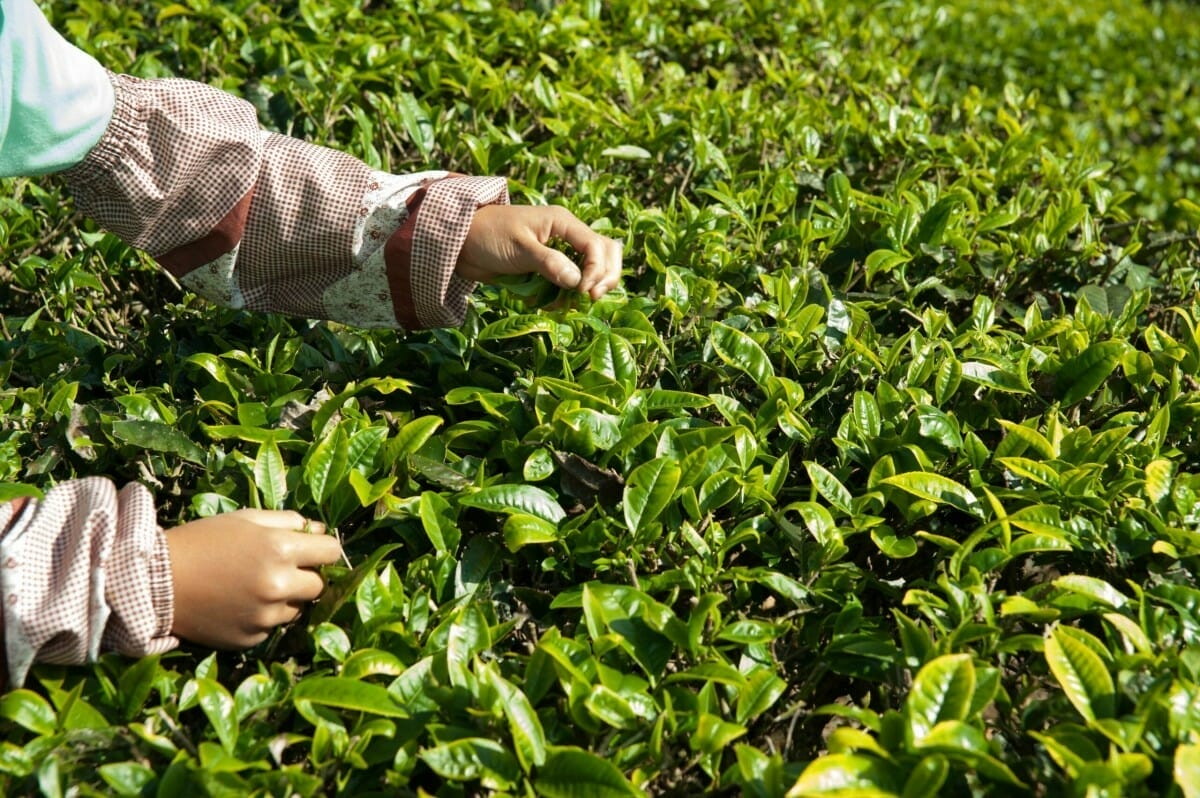No products in the cart.

Tea Processing: Green Tea
Green tea is over 2,000 years old. Over that expansive period of time, there are many variations and new cultivars that have been created resulting in Teas with wildly different appearances and flavors
Plucking or picking will generally occur in early spring. The first flush or budding is typically the most delicate and expensive. These fresh young buds and 1-2 leaves are what produces the highest quality teas, but there are some styles that use older leaves and no buds.
Withering is a partial drying of the tea which softens the leaves. For green tea it is very brief, only lasting a few hours in the shade. The leaves must then be very carefully collected to avoid any bruising or maceration which would cause release of enzymes and oxidation.
Green teas are oxidized as little as possible. In order to destroy the enzymes that cause oxidation, the tea is heated and dried just after withering. This is known as Sha Qing or Kill Green. In Japan steaming is most prevalent, while in China baking or pan firing is common.
The shaping is generally part of the Sha Qing step. Pressing and turning back and forth will produce flat leaves, while spiral shaped teas are rolled continuously. The tea may also be needle, string, pointed, or beadshaped. Shaping the tea is responsible for releasing aromatic oils responsible for flavor.
Drying stabilizes the aromatic oils and prevents oxidation or the growth of mold. It usually is done using hot air or low heat coal fires.



